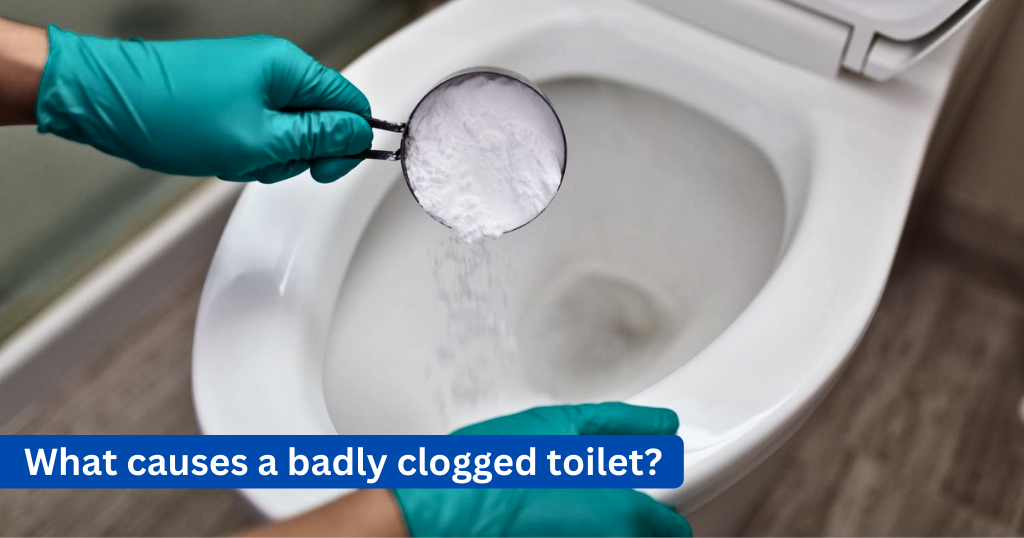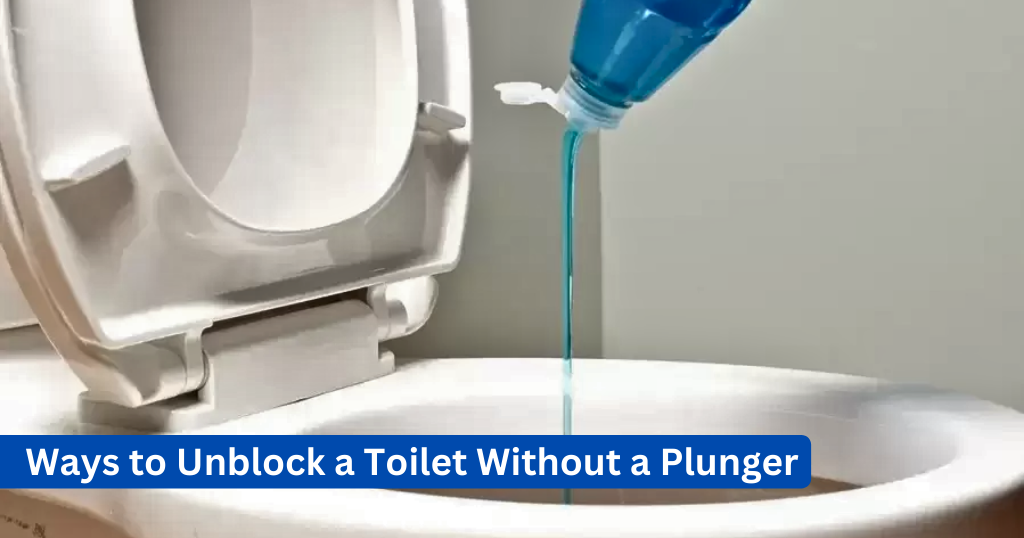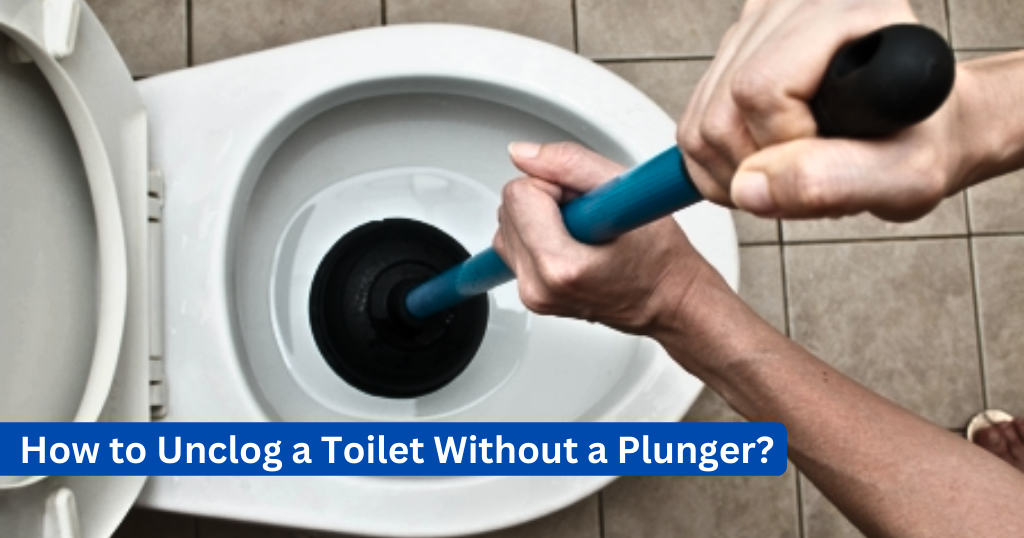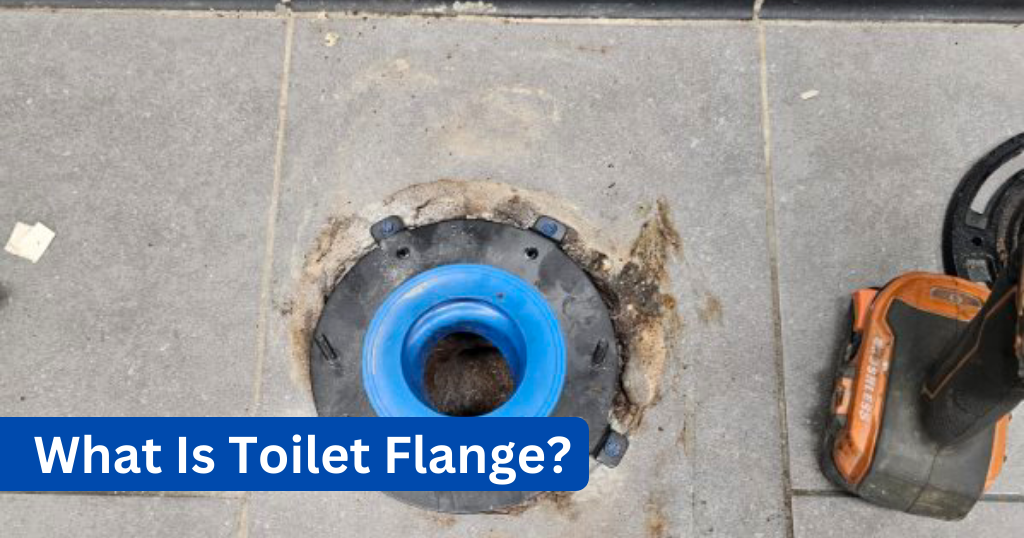A clogged toilet is one of the most annoying plumbing problems. Many people panic when they don’t have a plunger handy, but the good news is that you can clear most blockages using everyday household items and simple techniques.
By understanding effective methods such as hot water, vinegar, and baking soda, you can quickly break down the blockages. By using step-by-step, proven strategies, you can restore proper water flow and avoid emergency repairs.
In addition to providing step-by-step instructions, this guide discusses common causes of toilet clogs. It offers tips to prevent future blockages, supporting both immediate fixes and long-term maintenance.
What causes a badly clogged toilet?

The toilet becomes sharply clogged for various reasons, including items such as toilet paper and foreign objects, as well as more serious issues like tree roots and old pipes. The great news is that many clogs are avoidable with little care. Here are some common causes of badly clogged toilets, listed below:
- Clogs will result from using too much toilet paper, especially if it is not biodegradable. Toilet paper is a common cause of clogged toilets.
- Elements such as baby wipes, cotton balls, or sanitary products can get stuck in the pipes and cause clogs.
- Sometimes hair and soap build up in pipes and cause clogs, particularly if you have a septic system.
- Clogs will result from hard water minerals, such as calcium and lime, that accumulate in pipes, causing them to become clogged and narrow.
- Damaged pipes will cause clogs and auxiliaries due to rough surfaces and tapering diameters.
- Blockages and clogs will occur when tree roots penetrate sewer lines through small cracks.
- Clogs will occur when low water pressure and a partial flush might leave waste behind.
Understanding these causes helps you determine when a simple DIY fix is sufficient and when you need a professional plumber to diagnose and repair the issue.
Ways to Unblock a Toilet Without a Plunger

A transaction with a clogged toilet will be stressful, particularly when you have no plunger. Fortunately, there are easy and proven DIY methods to clear blockages. These methods help you to reduce the water level and press clogs through the drain without requiring professional tools. Some proven DIY plumbing techniques are listed below:
1. Hot Water Method
- Boil water and let it cool slightly to prevent damage to porcelain.
- Pour the hot water steadily into the toilet bowl from waist height to dissolve and loosen soft clogs, such as toilet paper buildup.
- Note: To prevent cracks, avoid pouring boiling water directly onto older or fragile toilet bowls; lukewarm water is recommended for best results.
2. Dish Soap Solution
- Add ½ cup of liquid dish soap to the bowl and let it sit for 8–9 minutes. The soap lubricates pipe interiors and breaks down greasy waste.
- Followed by flushing with hot water to push the clog through the drain.
- This approach excels for partial blockages involving grease or organic matter.
3. Baking Soda and Vinegar Reaction
- Pour one cup of baking soda into the bowl, immediately followed by one cup of vinegar.
- Allow the bubbling reaction to work for 20–25 minutes to break down the buildup naturally.
- Flush with hot water afterward to clear debris.
- This eco-friendly method replaces harsh chemicals, making it best suited for minor clogs.
4. Plastic Wrap Method
- Seal the toilet seat and bowl rim tightly with plastic wrap to create an airtight chamber.
- Press down while flushing to create air pressure that drives the clog through the pipe.
- Use primarily when the water level is high or other methods fail.
5. When the Water Level is High
- Do not flush again to avoid overflow.
- Remove excess water carefully with a container before applying unclogging methods.
- This prevents spills and allows clog-breaking techniques to function effectively.
6. Severe Clogs
- Use chemical drain openers or enzyme-based cleaners to dissolve stubborn blockages.
- Exercise caution: Chemical products risk pipe damage if misused; follow instructions precisely.
7. Enzyme-based cleaner
- To break down the organic matter that is causing clogs, use an enzyme-based cleaner.
- This process is capable of removing minor clogs and is a more natural solution.
8. Wet and dry vacuum
- When the vacuum is placed in the wet Mode, it is used to drain the clogged material. Then it makes a secure seal around the drain opening.
If blockages become permanent or cause recurring problems, such as backups or flooding, recognizing the signs that your plumbing system needs immediate repair and how to fix your toilet from running constantly?
How to Unclog a Toilet Without a Plunger When the Water is High?
Do not flush again
- When the toilet bowl is already full, flushing only adds more water and pressure, pushing the blockage deeper while risking overflow and a messy, unsanitary spill. Instead, use alternative methods to lower the water level and clear the clog safely.
Remove extra water
Use a container or plastic bowl to scoop out the excess water, then pour it into a large bucket, sink, or tub. Lowering the water level creates working space and significantly reduces the risk of overflow during unclogging.
Use Dish Soap and Hot Water
Pour a generous amount of dish soap into the toilet bowl to lubricate pipes and soften the clog. After waiting a few minutes, pour hot (not boiling) water from waist height to leverage gravity and pressure, pushing the blockage through the drain. This method minimizes spillage and effectively breaks down organic waste.
Avoid Future Toilet Clogs
Implementing simple habits and maintenance routines keeps your toilet flowing smoothly and prevents costly blockages.
- Never flush non-flushable items, such as wipes and cotton balls.
- Limit toilet paper use to moderate amounts per flush.
- Schedule regular plumbing inspections to detect pipe damage or buildup early and prevent potential issues.
- Use water softeners to prevent mineral deposits in areas with hard water.
- Upgrade to toilets with strong flush power or dual-flush systems for improved waste removal.
Frequently Asked Questions
How to unblock a toilet with hot water?
Firstly, warm the water, include the soap dish in the bowl, and then add hot water. Wait for 10–15 minutes and then flush once to see if the clog is clear.
Does dish soap help unclog a toilet?
Yes, if you add half a cup of liquid dish soap. Waiting for 8–9 minutes for the permit to clear the toilet obstruction and flush with hot water. It helps to unclog a toilet.
Can baking soda and vinegar unclog a toilet?
Yes, baking soda and vinegar break down minor clogs naturally, but severe blockages require stronger solutions.
What is the most common cause of toilet clogs?
Toilet paper is a common cause of clogged toilets. Elements such as baby wipes, cotton balls, or sanitary products can get stuck in the pipes and cause clogs.
How long does dish soap take to unclog a toilet?
A half-cup of liquid dish soap is included in the bowl. Waiting for 8–9 minutes to permit lubrication.
What happens if a toilet is clogged for too long?
It causes overflow, unpleasant odours, worsens blockage, leads to plumbing damage, and poses potential health hazards.



